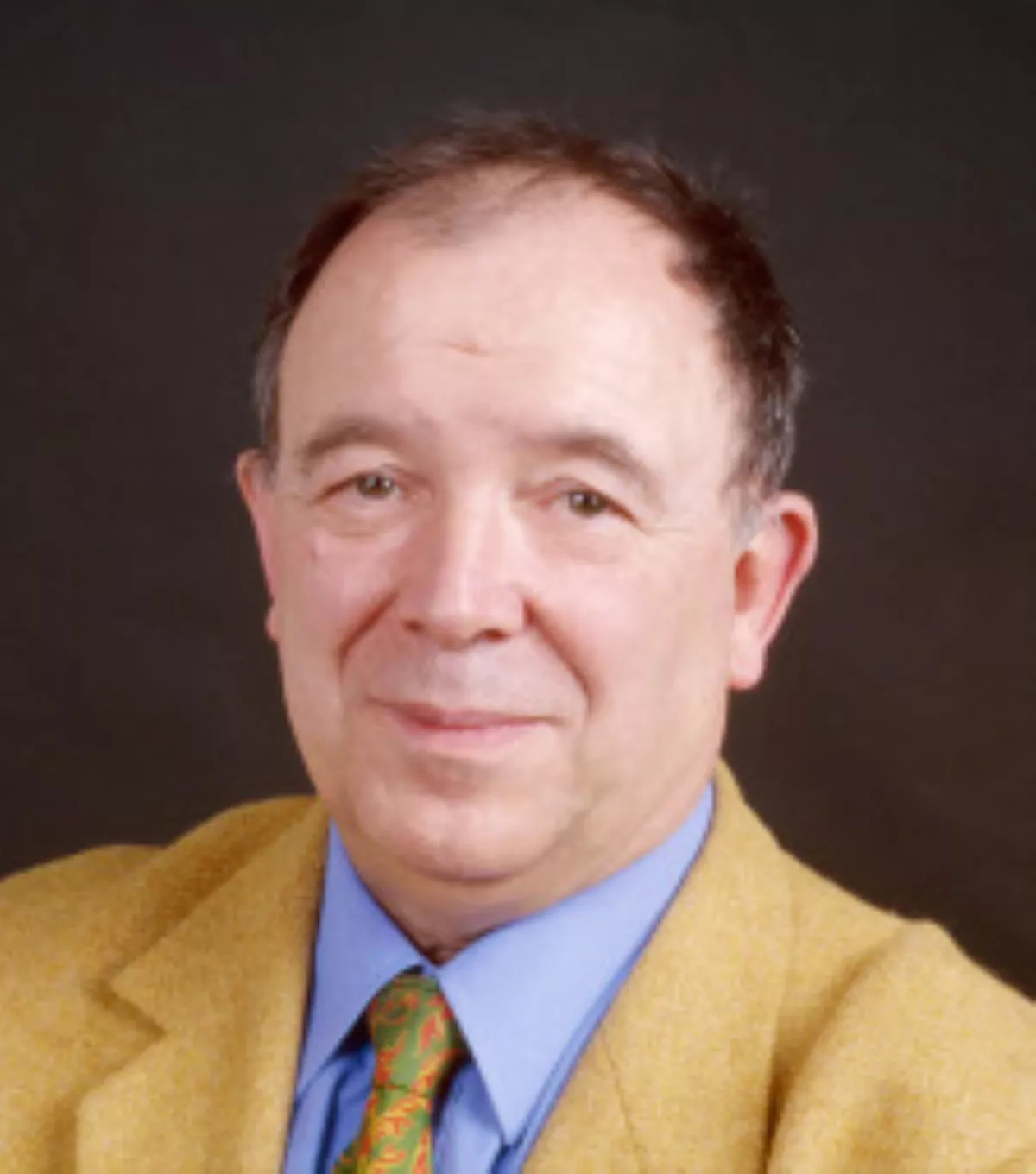 1.
1. Jean-Pierre Changeux was born in Domont, France to Marcel Jean-Pierre Changeux and Jeanne Benoit.

 1.
1. Jean-Pierre Changeux was born in Domont, France to Marcel Jean-Pierre Changeux and Jeanne Benoit.
Jean-Pierre Changeux entered the Ecole Normale Superieure in 1955, where he obtained a bachelor's degree in 1957 and a master's degree in 1958.
Jean-Pierre Changeux received his agregation in natural science the same year.
Jean-Pierre Changeux began his scientific career during his ENS years during summer internships in Banyuls-sur-Mer where he identified a new genus of parasitic Copepod.
Jean-Pierre Changeux pursued PhD studies at the Pasteur Institute under the direction of Jacques Monod and Francois Jacob, and gained his doctorate in 1964.
Jean-Pierre Changeux then left France for postdoctoral studies first at the University of California Berkeley then at Columbia University College of Physicians and Surgeons, New York.
Jean-Pierre Changeux returned to France as attache to the chair of Molecular Biology held by Jacques Monod.
In 1975, Jean-Pierre Changeux was elected professor at the College de France, chair of Cell Communications, position that he held until 2006.
Jean-Pierre Changeux is author of more than 600 scientific articles and several books, technical or for general audience.
All his scientific career, Jean-Pierre Changeux has been faithful to a handful of scientific questions, at molecular, cellular and brain levels.
In 1967, Jean-Pierre Changeux extended the MWC model to bi-dimensional lattice of receptors.
Jean-Pierre Changeux then applied this idea to the post-synaptic membrane of electric organs.
Jean-Pierre Changeux's team demonstrated the existence of several interconvertible states for the nicotinic receptor, resting, open and desensitized, displaying different affinities for the ligands, such as the endogenous agonist acetylcholine.
The group of Jean-Pierre Changeux was among the firsts to elucidate the primary structure of the subunits of the receptor, in parallel with the group of Shosaku Numa and Stephen Heinemann.
In 1973, together with Philippe Courrege and Antoine Danchin, Jean-Pierre Changeux proposed a model describing how, during development of the nervous system, the activity of a network could cause the stabilization or regression of the synapses involved and illustrated it with the neuromuscular junction.
Jean-Pierre Changeux received the Lewis Thomas Prize for Writing about Science, Rockefeller University, New-York, 2005.
Jean-Pierre Changeux has chaired the inter-ministry commission for the conservation of the French artistic heritage since 1989, and has been member of the scientific council of the International Agency of museums since 2007.
Last, throughout his career, Jean-Pierre Changeux has been concerned by the ethical consequences for the city and for the society in general of the recent progress in the Neuroscience.
Jean-Pierre Changeux has headed the National Advisory Committee on Bioethics in France from 1992 to 1998.
Jean-Pierre Changeux organised a scientific conference on the topic, that led to a book he edited, fondements naturel de l'ethique.
Jean-Pierre Changeux is presently the co-chairman of the Ethics and Society division of the European Human Brain Program.
Jean-Pierre Changeux is on the Board of Scientific Governors of The Scripps Research Institute, an independent not-for profit biomedical research institute.